For me the question boils down to respect and research. As a white woman who does own a Sari ( a traditional form of dress from India that dates back to the Indus Valley Civilization 2800-1800 BCE) and who enjoys wearing it, I have to ask, “Am I using a form of cultural dress disrespectfully?” I have studied the history of the sari as well as how it is used in the currently culture of India. This has allowed me to see that the sari, while still used in some religious ways, is mostly a fashion style choice, and so I have no feelings of disrespect when I wear it. Bindi and mehndi are a little sketchier and middle ground in my mind. Bindi still has a religious tie that has weakened through the years to be more of a fashion statement for many, but is still not secular enough for me. I would not wear a bindi unless I converted to Hinduism, but I would wear mehndi because it is more about fashion and is used in many cultures outside of the Hindu religious context.
Religious borrowing can be the really sticky form of cultural appropriation. I think this again comes down to research, and if using what is borrowed helps or hinders the original culture. What was the original intent of the culture that developed this form of worship, and is there a reason that it needs to be used? I would not use a Native American medicine wheel unless invited to do so by a member of a tribe. I have no real spiritual need to do so and I am not familiar enough with the culture of any one tribe to be able to use it without watering down the original meaning, and thus help to weaken the cultural significance. I might use zen style meditation because it helps me grow on my spiritual path and I know that the zen masters would not consider my using meditation as a way to destroy their culture.
In short, there are times when it is perfectly fine to borrow from other cultures around the world (Korean gangster rap being one that I find fascinating), but it should only be done after careful thought and consideration. Things should be borrowed, not stolen.
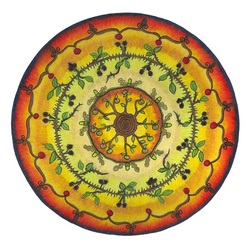

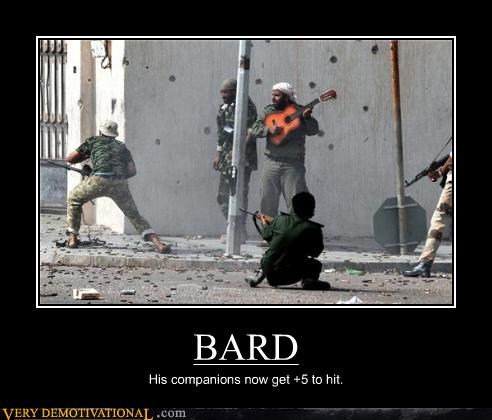
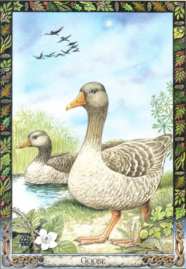
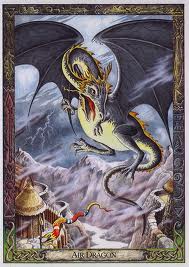
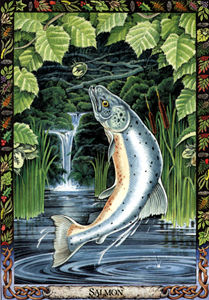
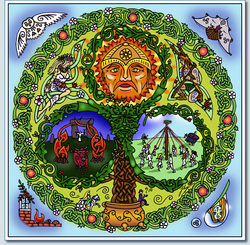
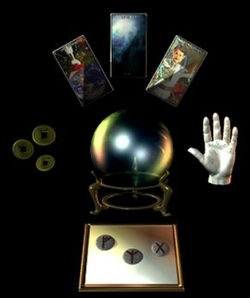

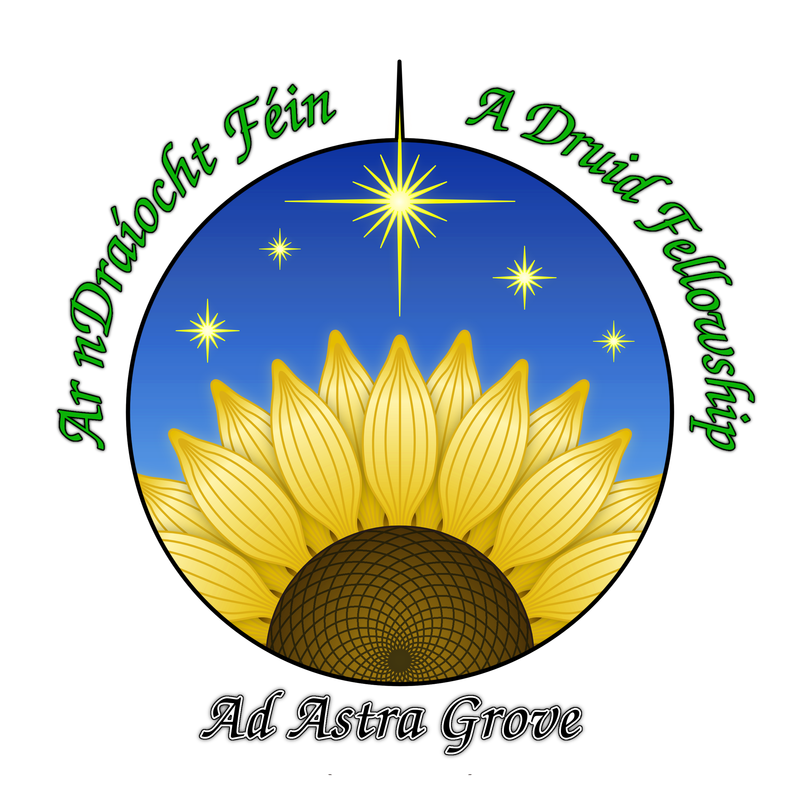
 RSS Feed
RSS Feed
